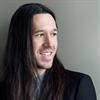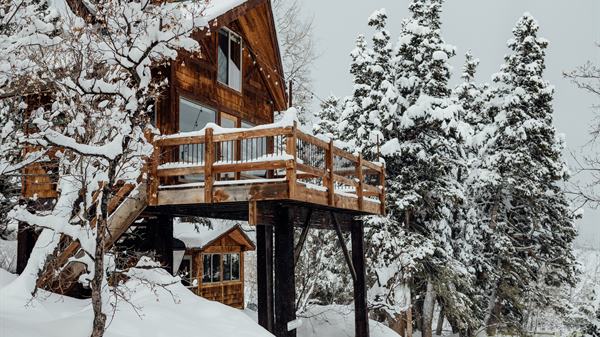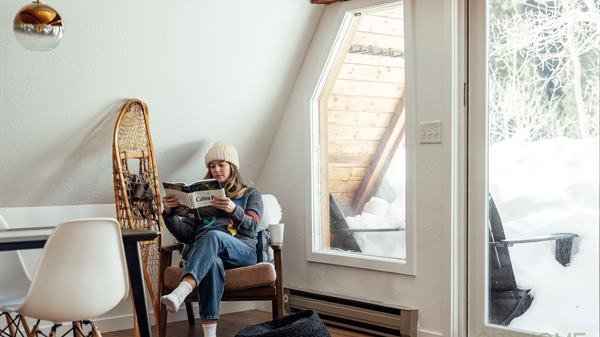This forward-thinking development company is more than just “outta-the-box thinking.” They’re open to seemingly-impossible and oft-thought-laughable concepts. They’re called Giv, and their progressive approach is exactly the kick in the pants the world of development needs…
Giv Development is currently working on making a higher quality of life more accessible by way of a rather inventive take on housing. It started with a question: “What do we need to prove today so that every future project doesn’t rely on fossil fuels?” Ambitious? Yes. Doable? Certainly. Giv’s answer was to overcome three main hurdles and convince the market to prefer net-zero (meaning that the building creates as much renewable energy as it consumes per year) construction.
According to Giv’s Executive Director Chris Parker, those barriers were:
1) Size - net-zero buildings in Utah currently are limited to about 2-3 stories
2) Price - current projects are comparatively expensive to build, and most developers will not adopt a new practice if it hurts their bottom line
3) Time - many large contractors hesitate to use unproven systems, and, says Chris, “Without a visible guinea pig, the market won’t adopt a new technology.”
Enter the guinea pig.
Giv’s newest development project is aptly titled OPEN, and it’s seated squarely on 500 West. Giv has worked with Rocky Mountain Power to build an offsite solar field in Southern Utah to offset the entirety of the project’s energy needs, and they’ve has agreed to build more fields, if necessary. As it stands, OPEN is 100% electric. What’s more, Giv has figured out a way to do this with equipment that costs less than conventional systems (and "no spike in utility costs" is a very good thing).
OPEN is as much a social experiment as it is a building. The project will be fully open-sourced, and will even publicly report its energy usage and maintenance requirements. The entirety of its parking infrastructure is pre-wired for electric vehicles, and Chris and Co. are experimenting with ways of reducing transportation costs and fixing them to a regular monthly cost (for mod-income individuals and families). The initial experiment will see residents pay an affordable, fixed monthly payment that gives them a UTA pass, potentially a Greenbike pass, and an allotted amount of hours on electric vehicles owned by OPEN.
Chris is also working to keep OPEN connected to the community, and Giv has teamed up with Craft Lake City to create 14 affordable artist studios for emerging creatives. “This project is on the literal frontline of gentrification in the city,” says Chris. “If we don’t put some permanent and affordable art support in the ground now, we’ll lose any chance we had.”
Between its first and second phases, OPEN will house every type of residential unit from studios to four bedrooms. As they fill up, Giv will open a platform of crowdsourcing to build the next phase. For now, Chris is still interested in asking big questions: How do we build communities that generate a higher quality of life for the same operational cost? How could we build communities that generate higher levels of creativity?
In total, OPEN will host 112 units, available to all income levels. Giv’s goal is to create a replicable model for building neighborhoods that people from all income levels can live well and live creatively in.


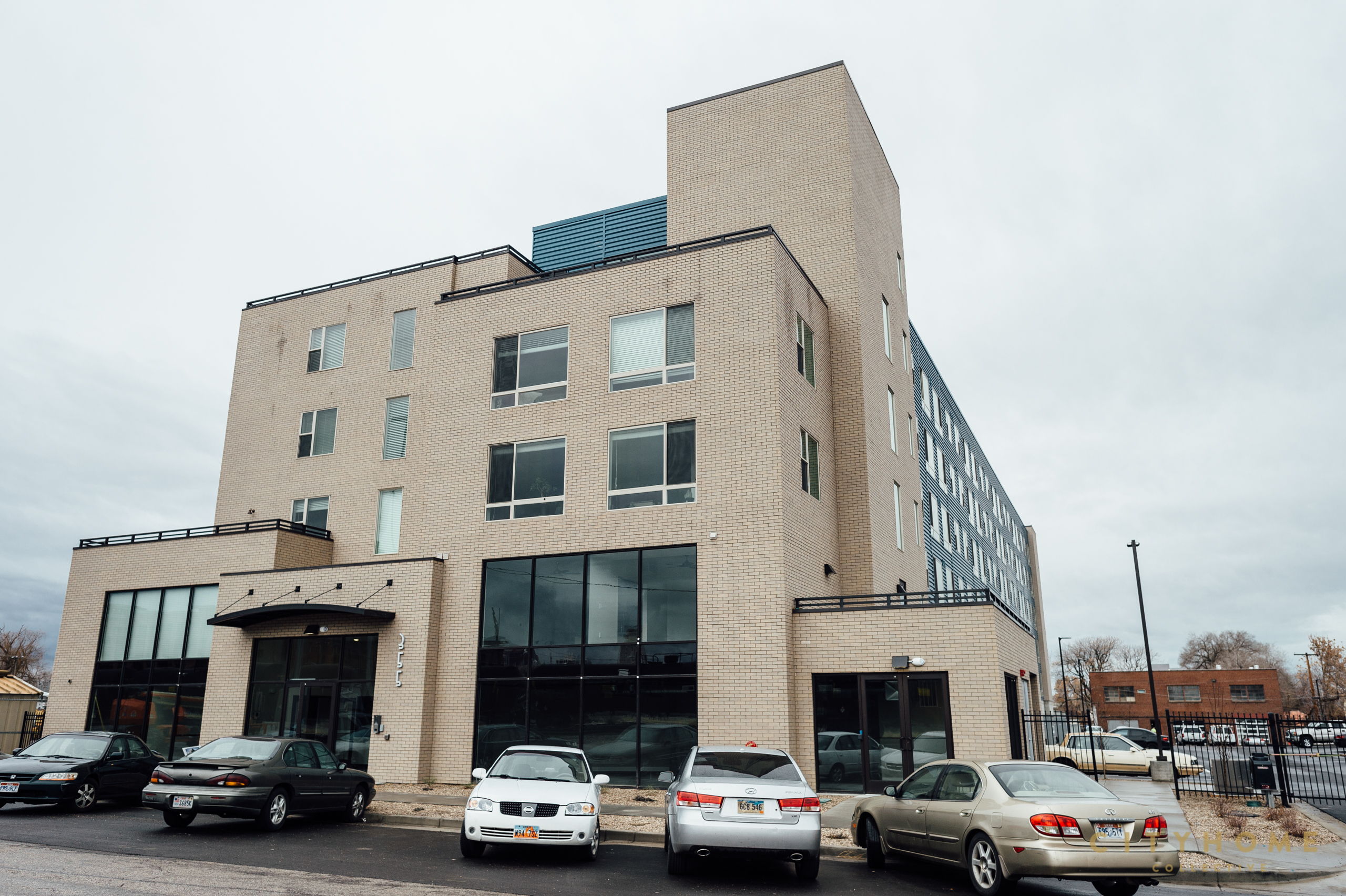
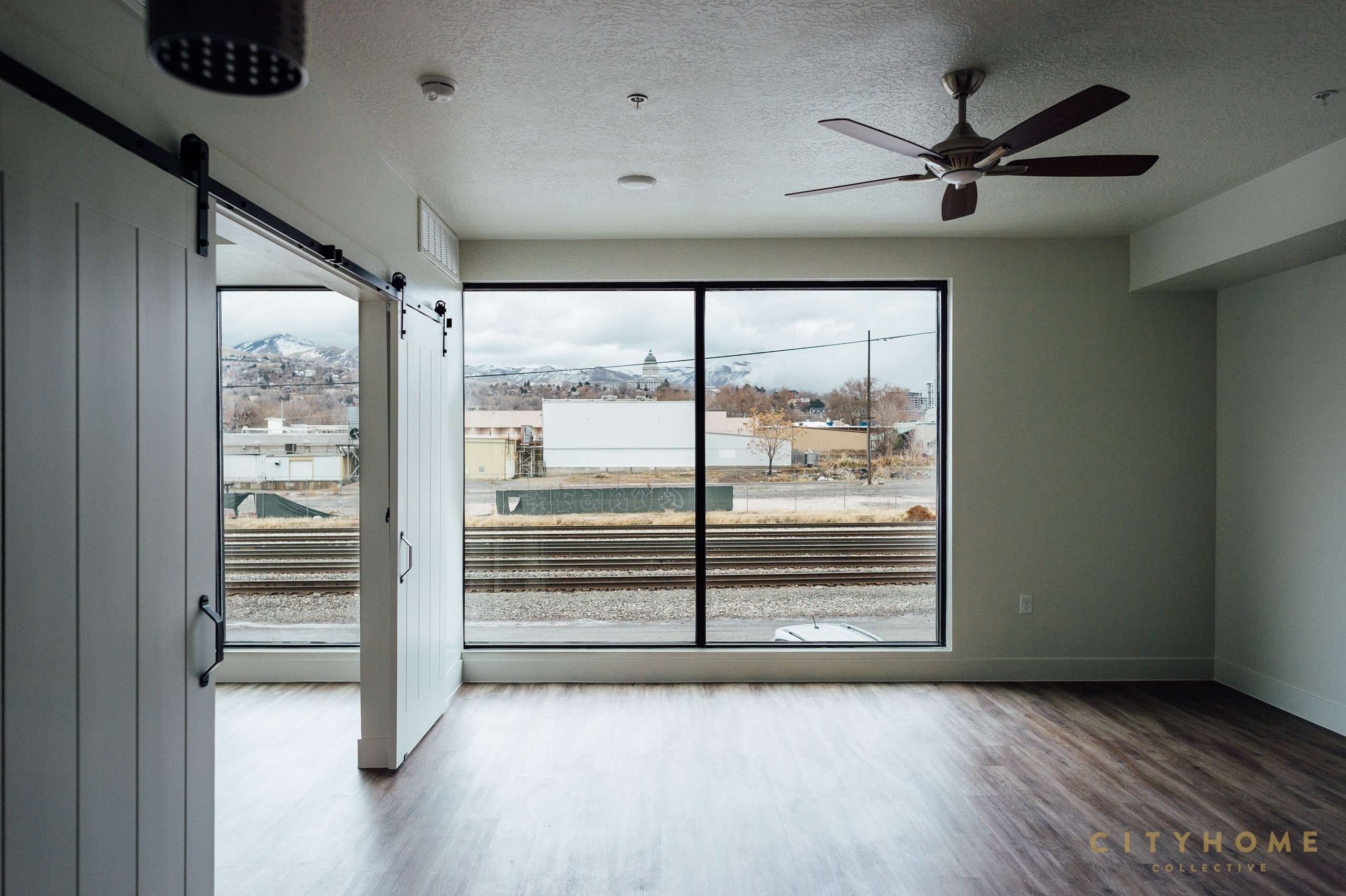
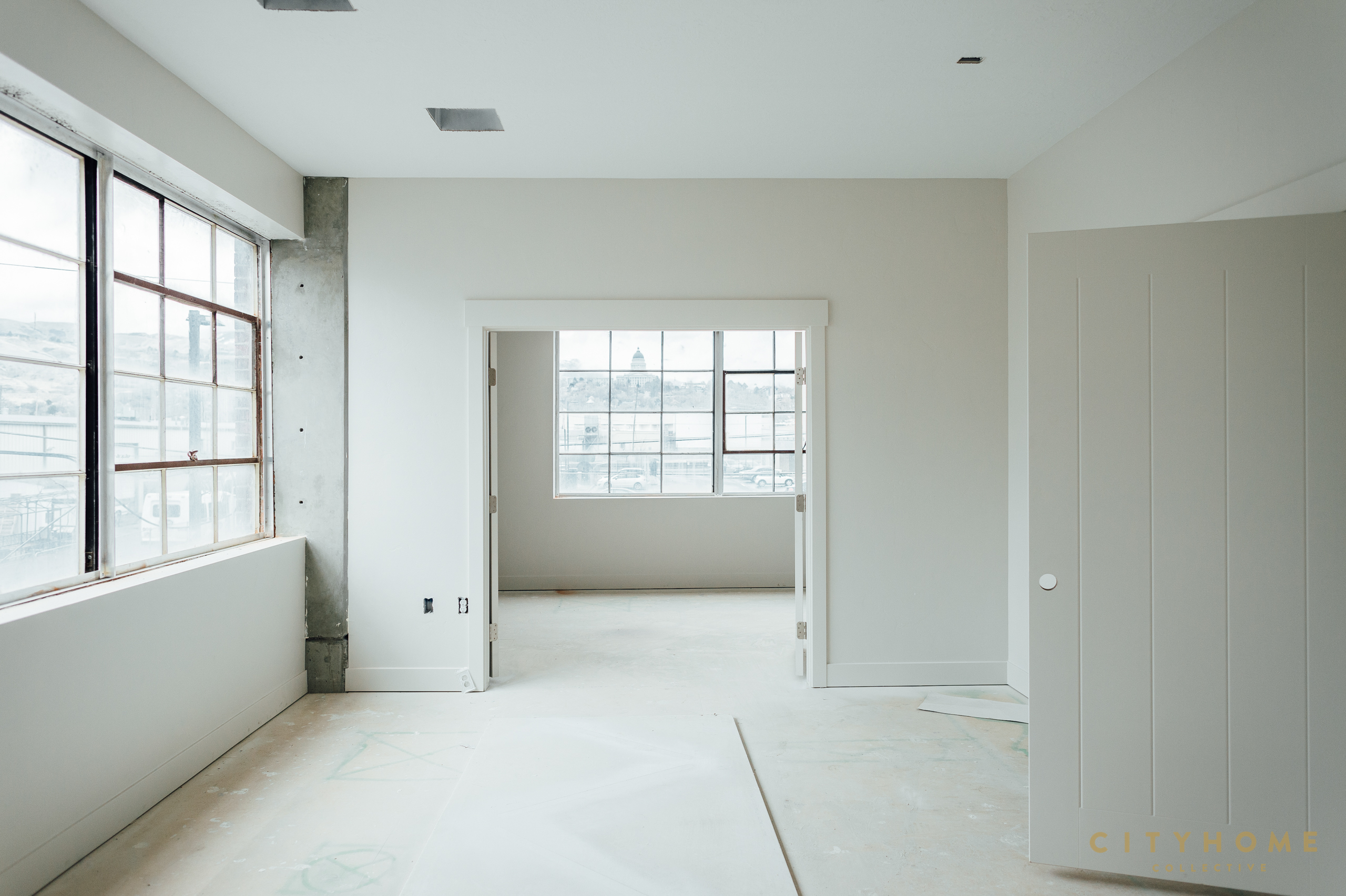
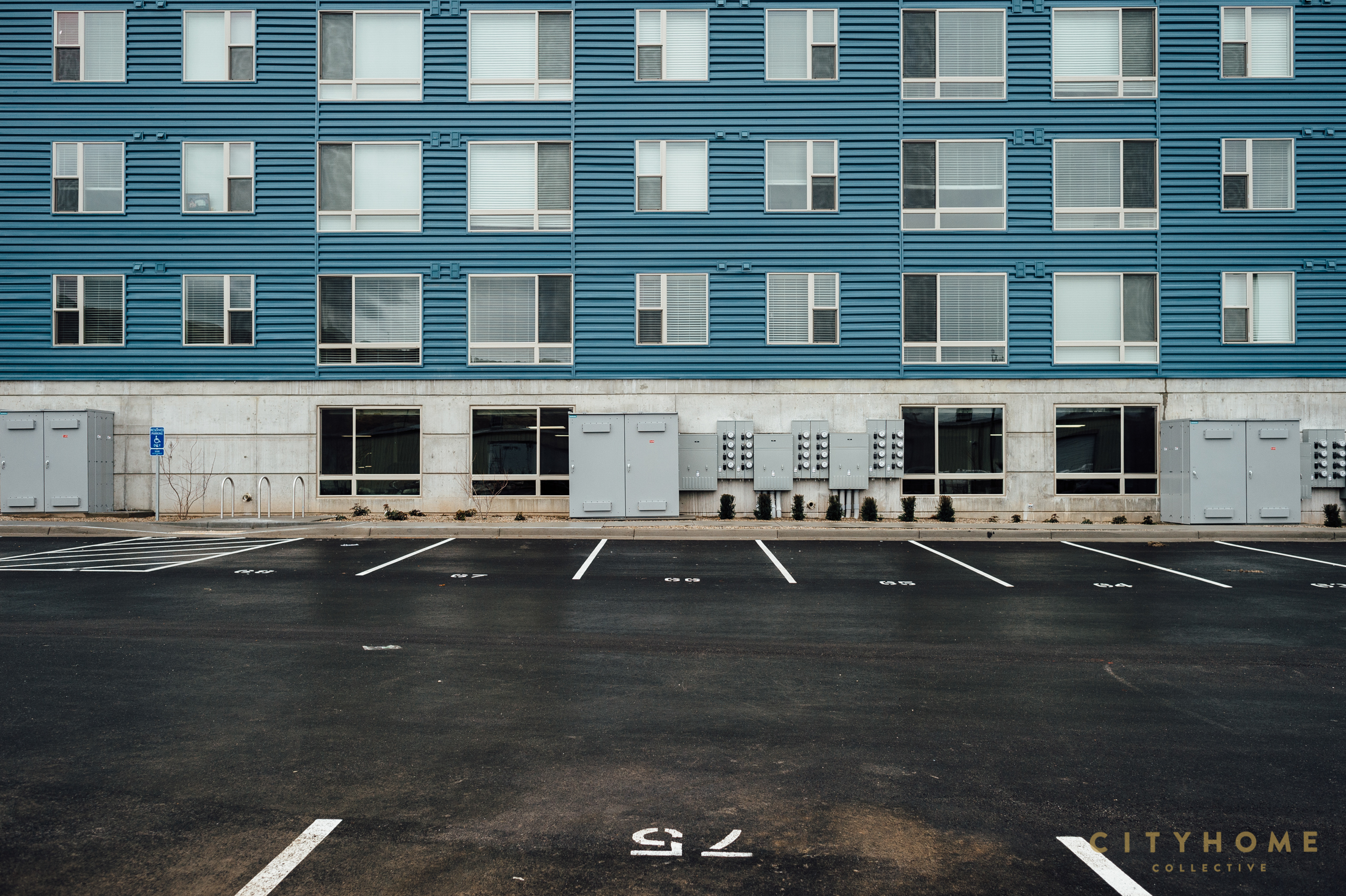
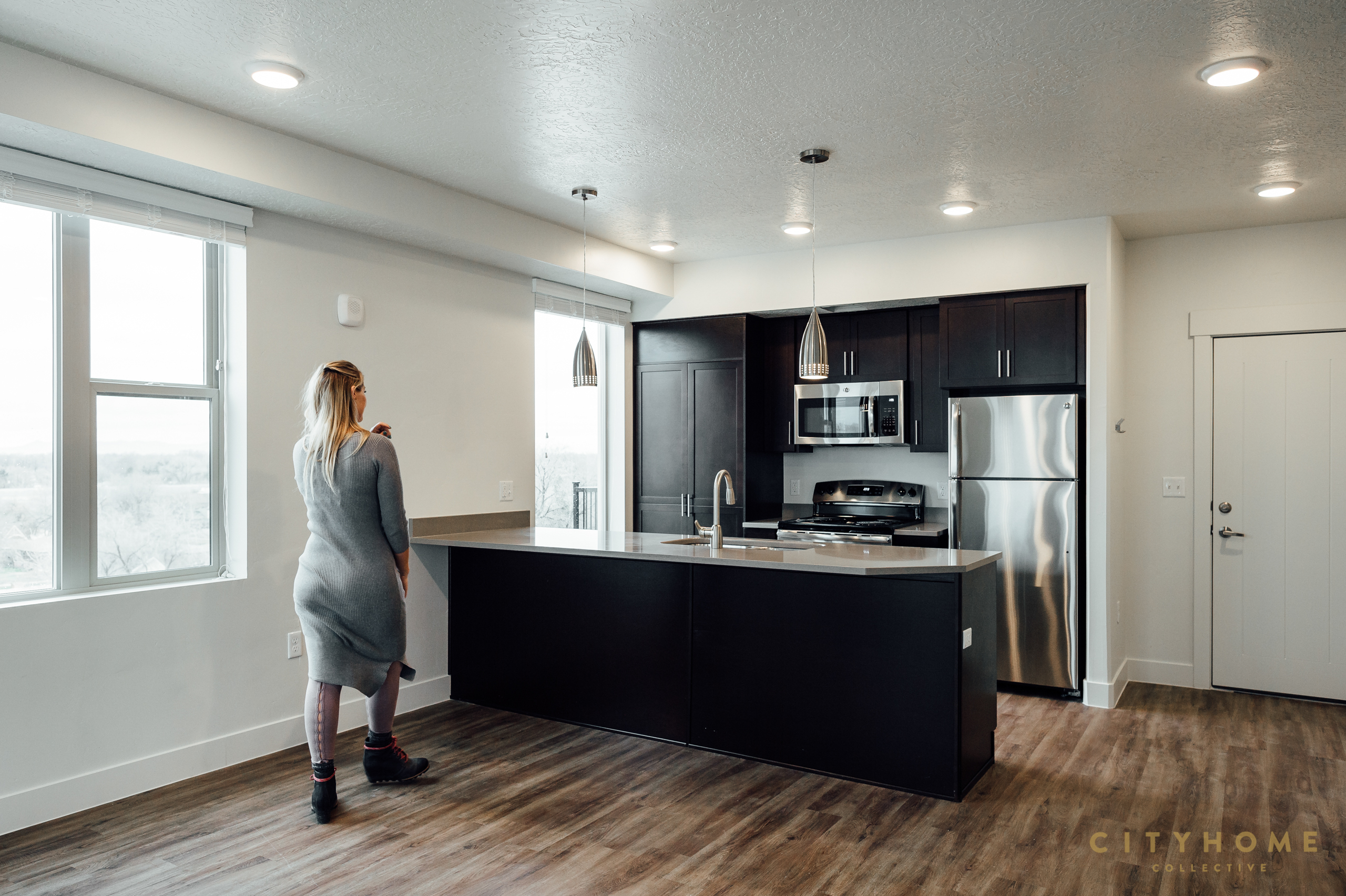
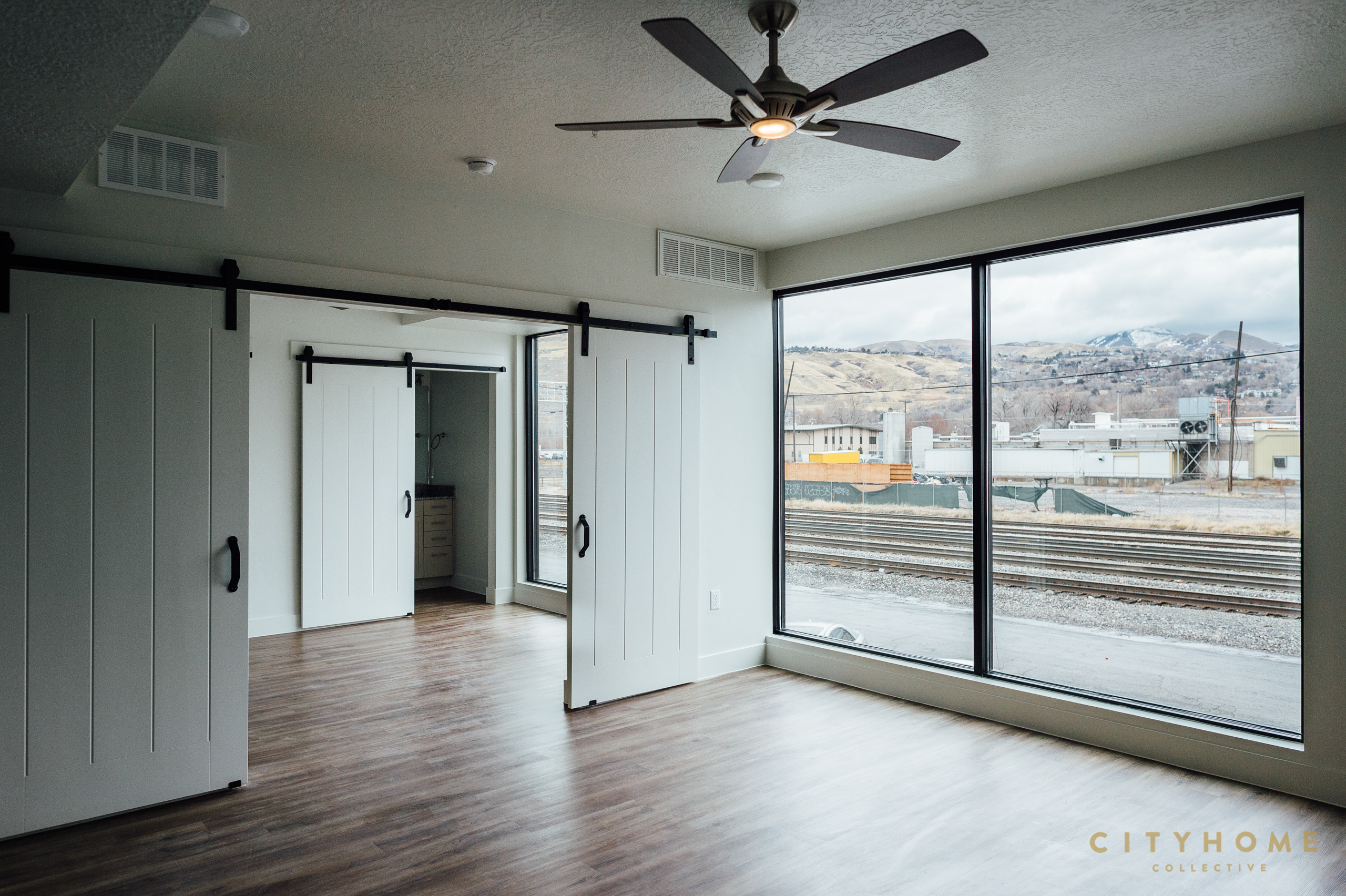
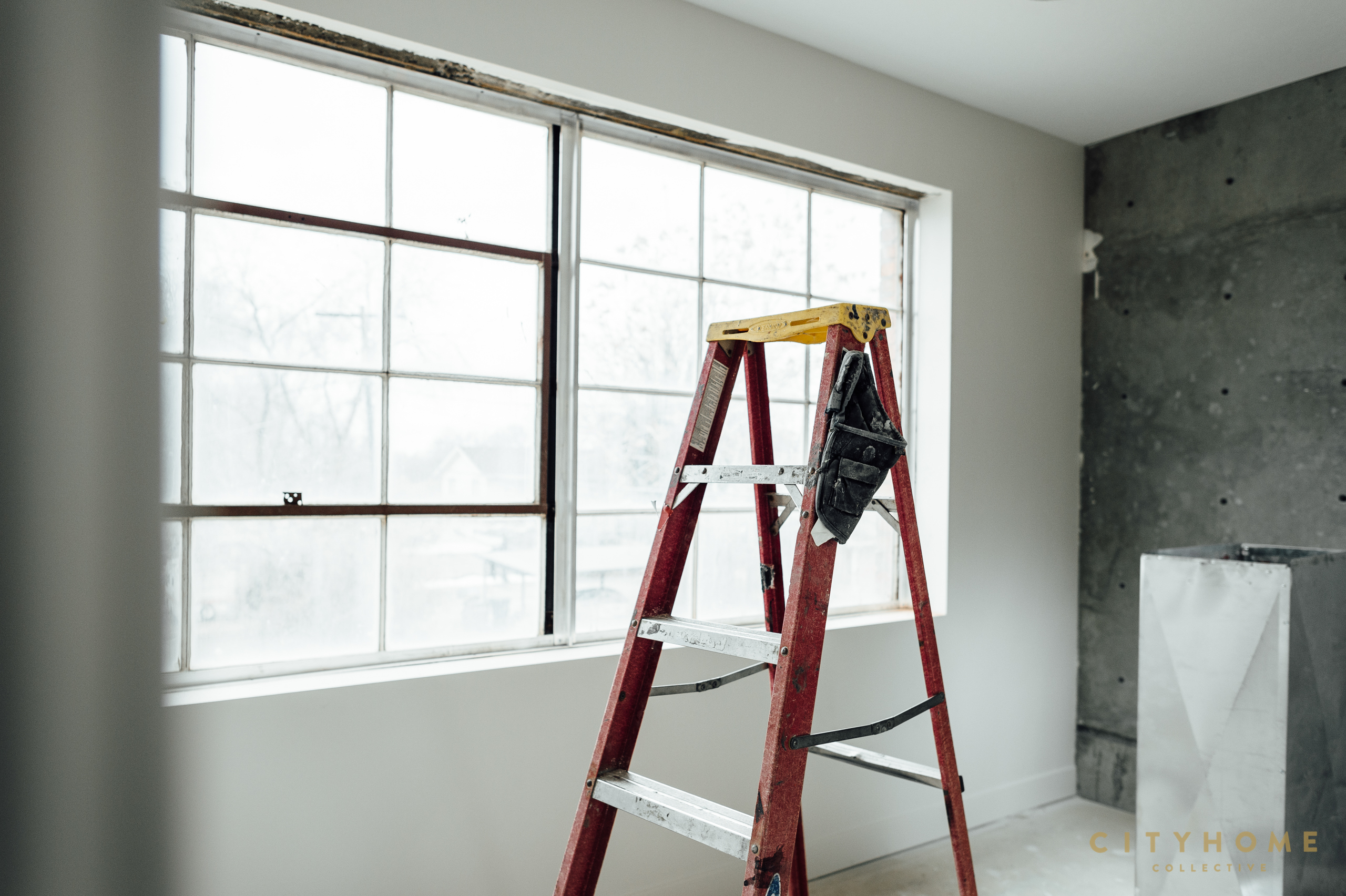
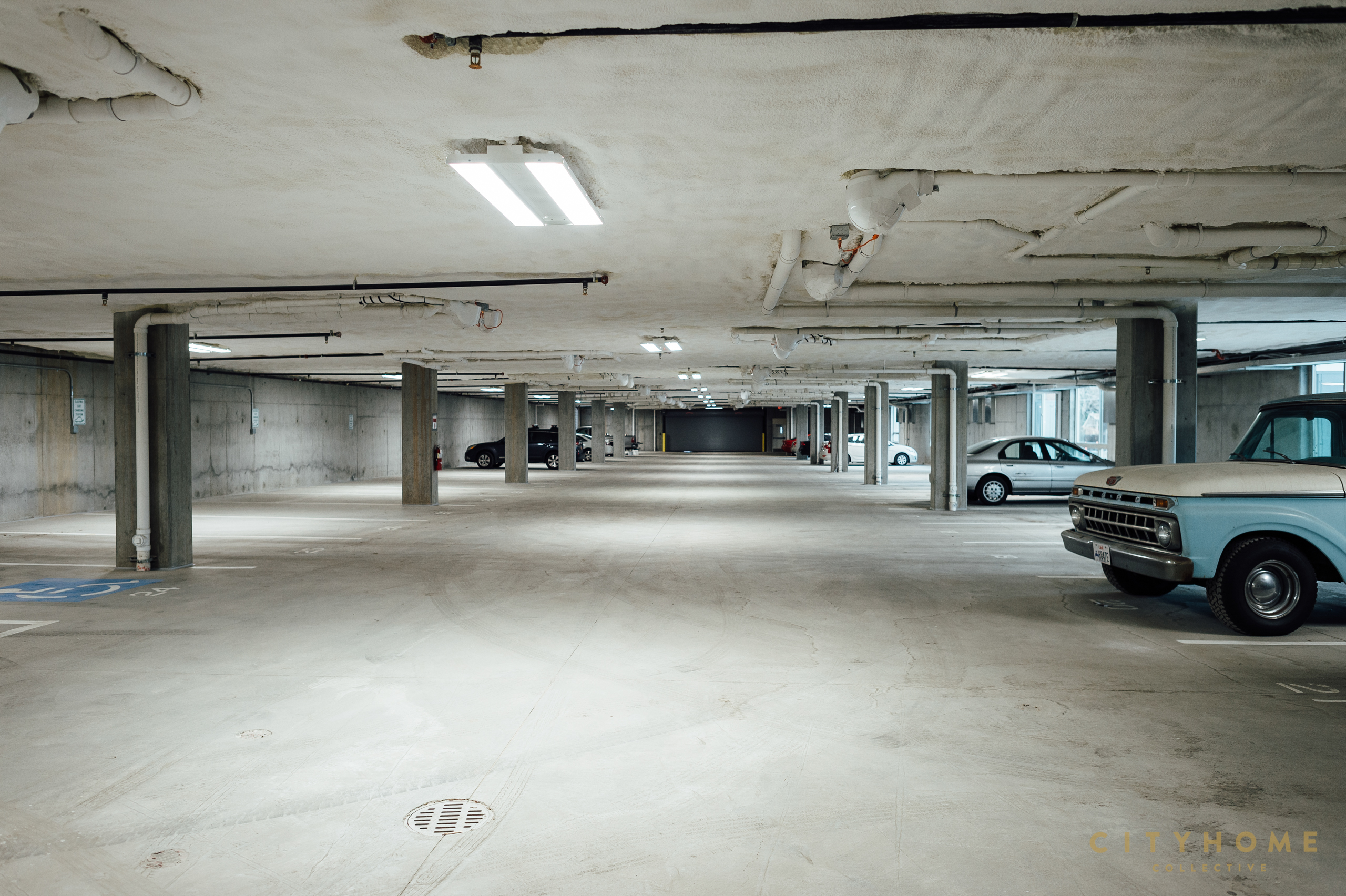

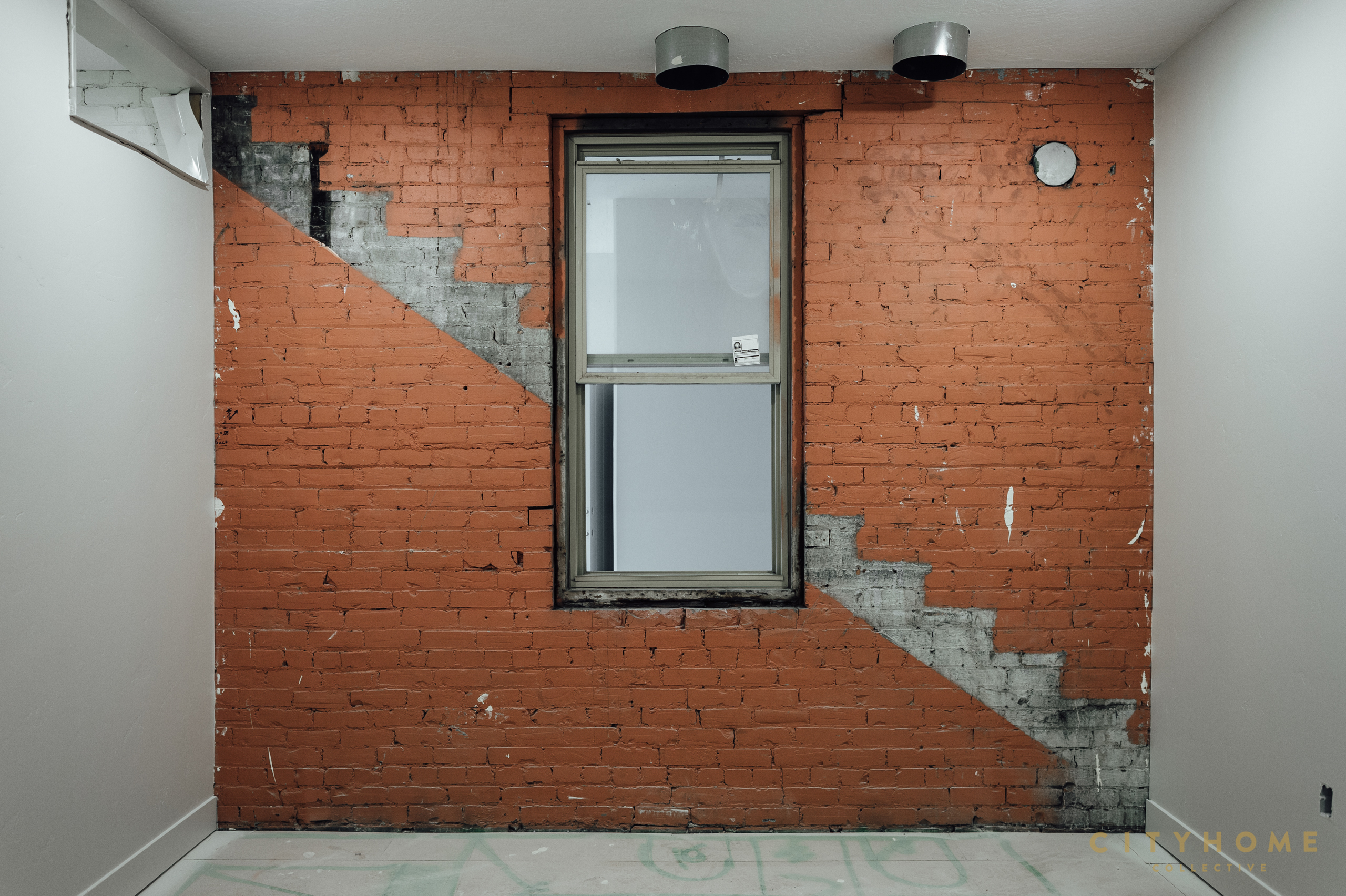
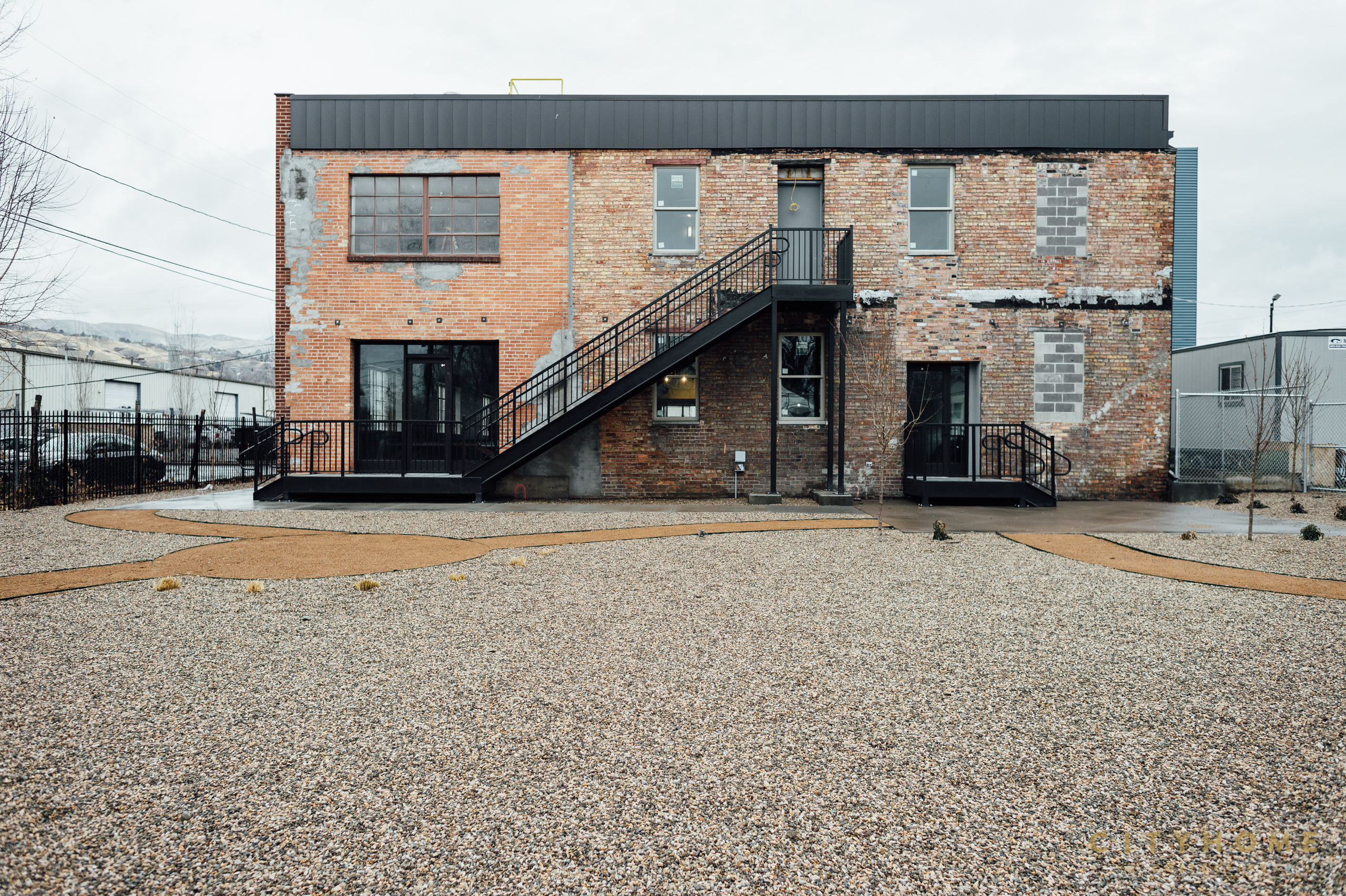
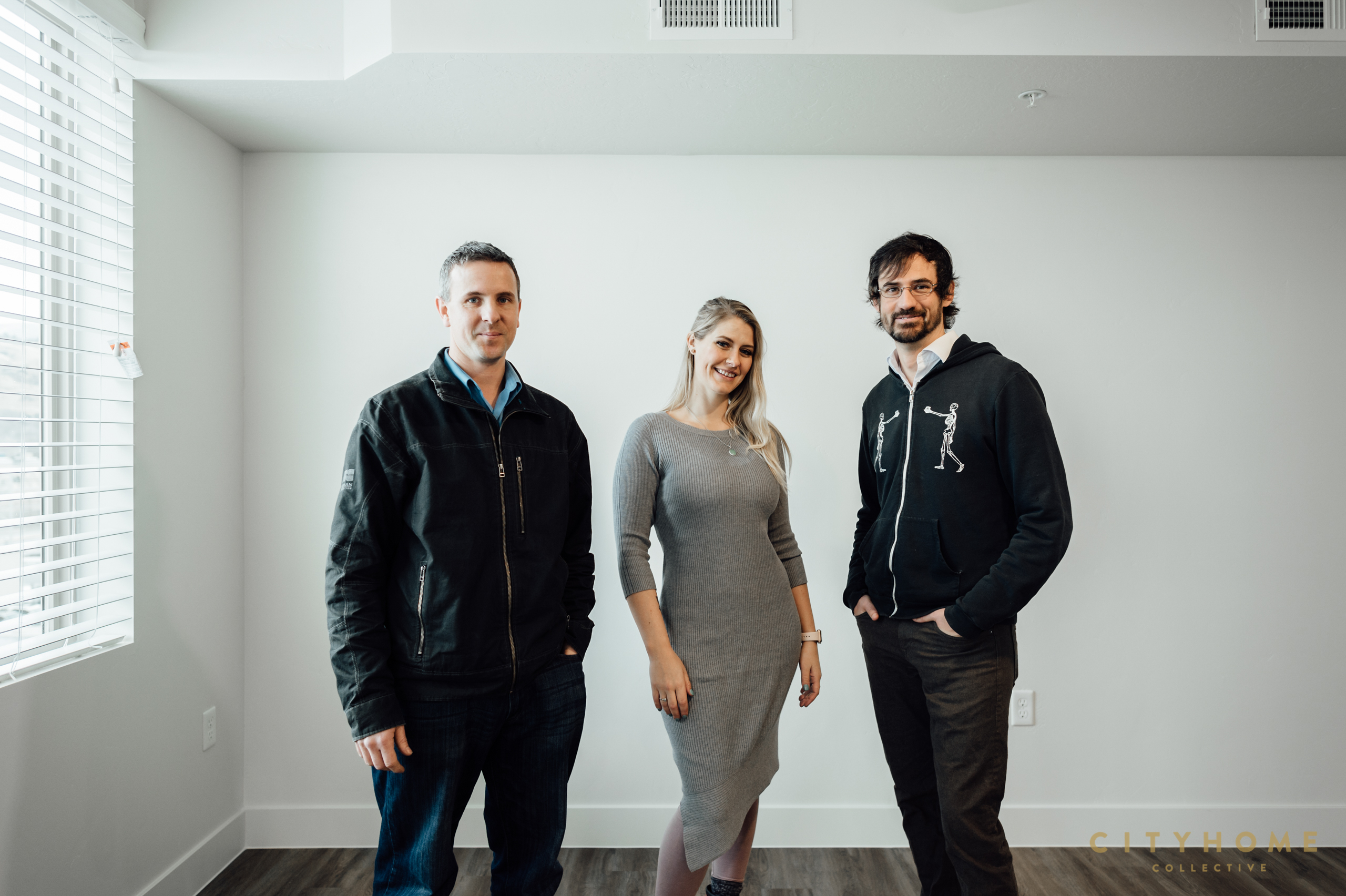
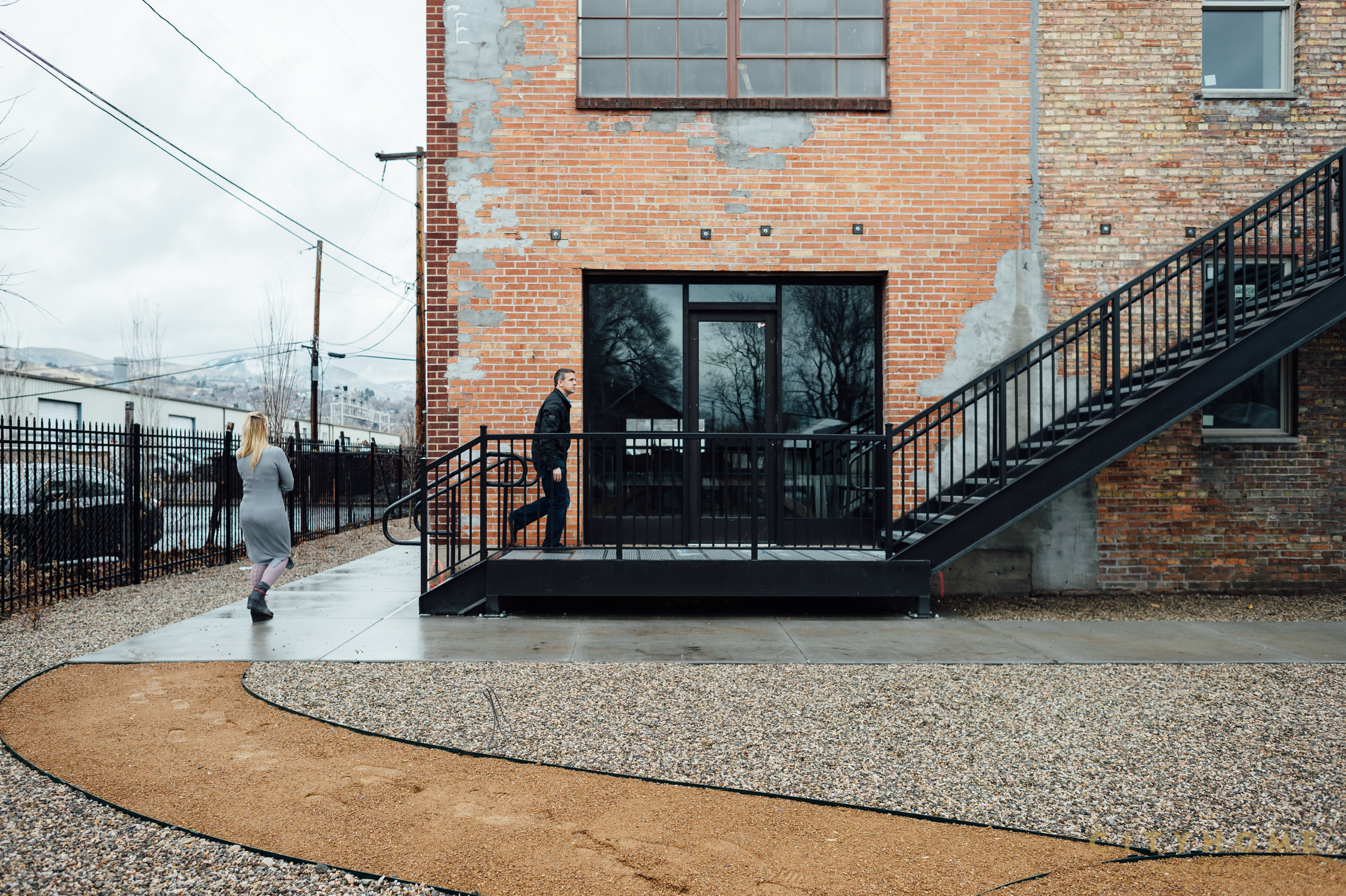
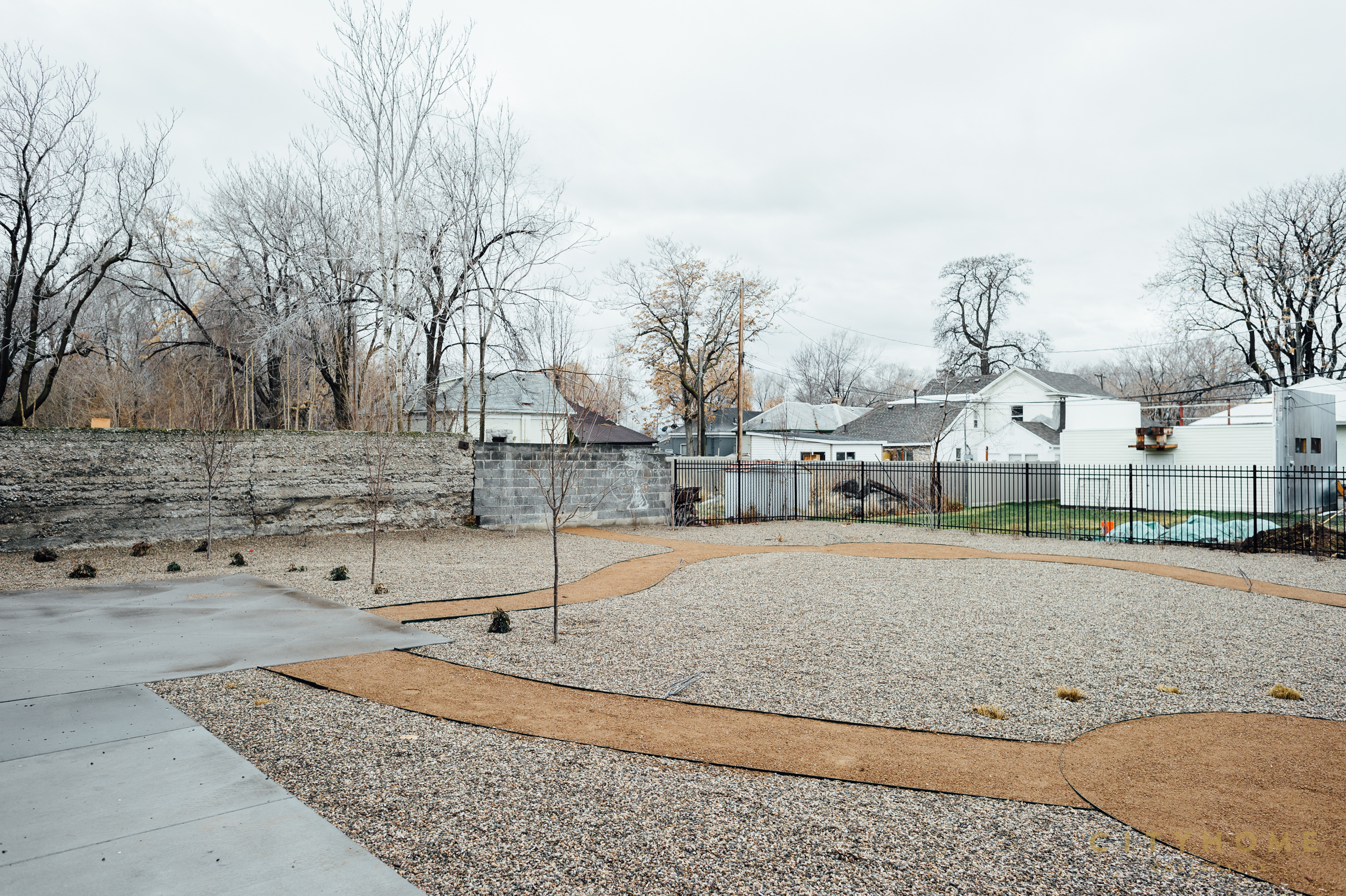
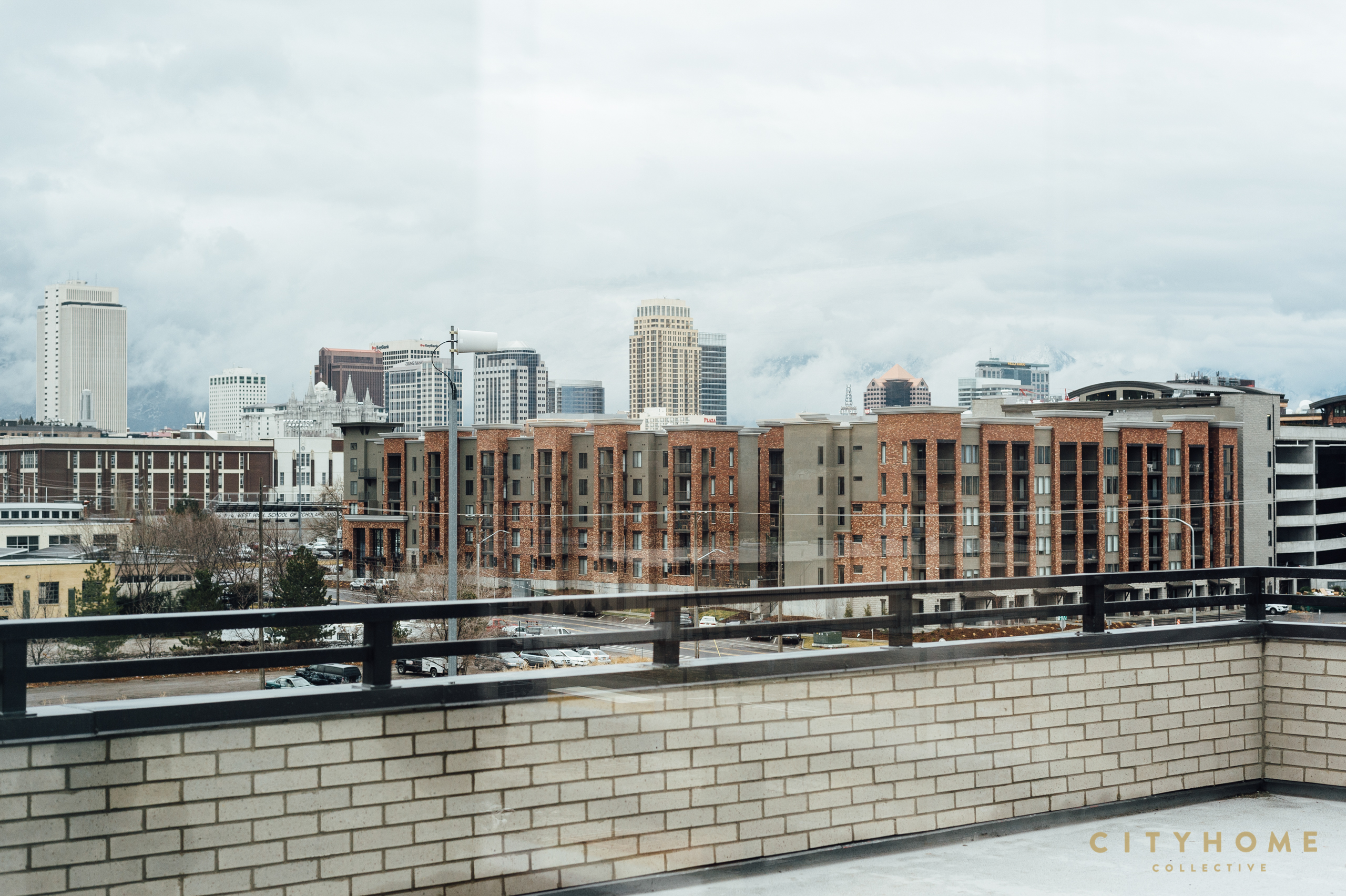
.jpg)
